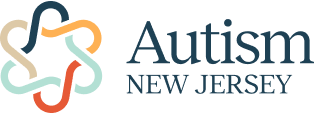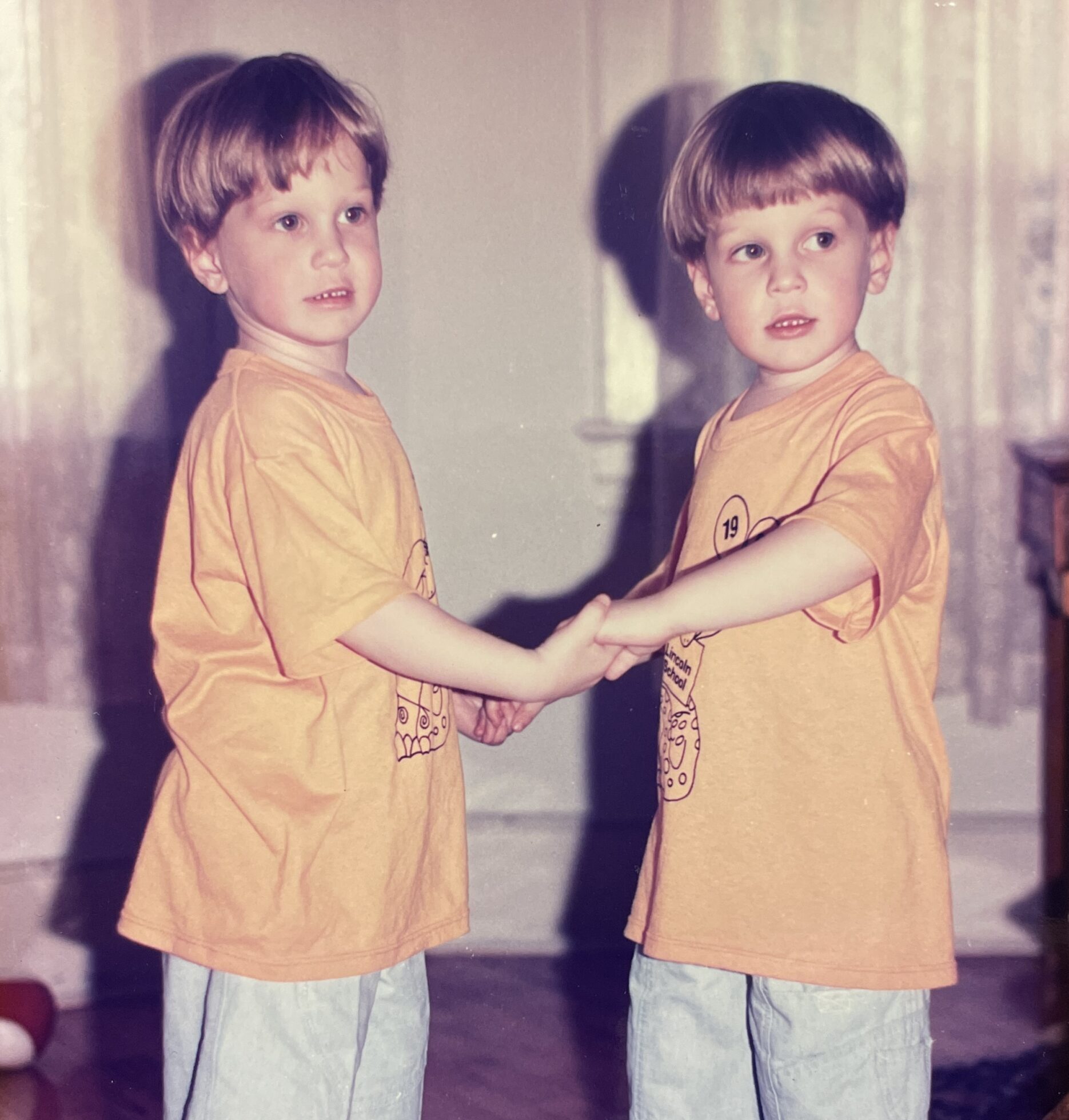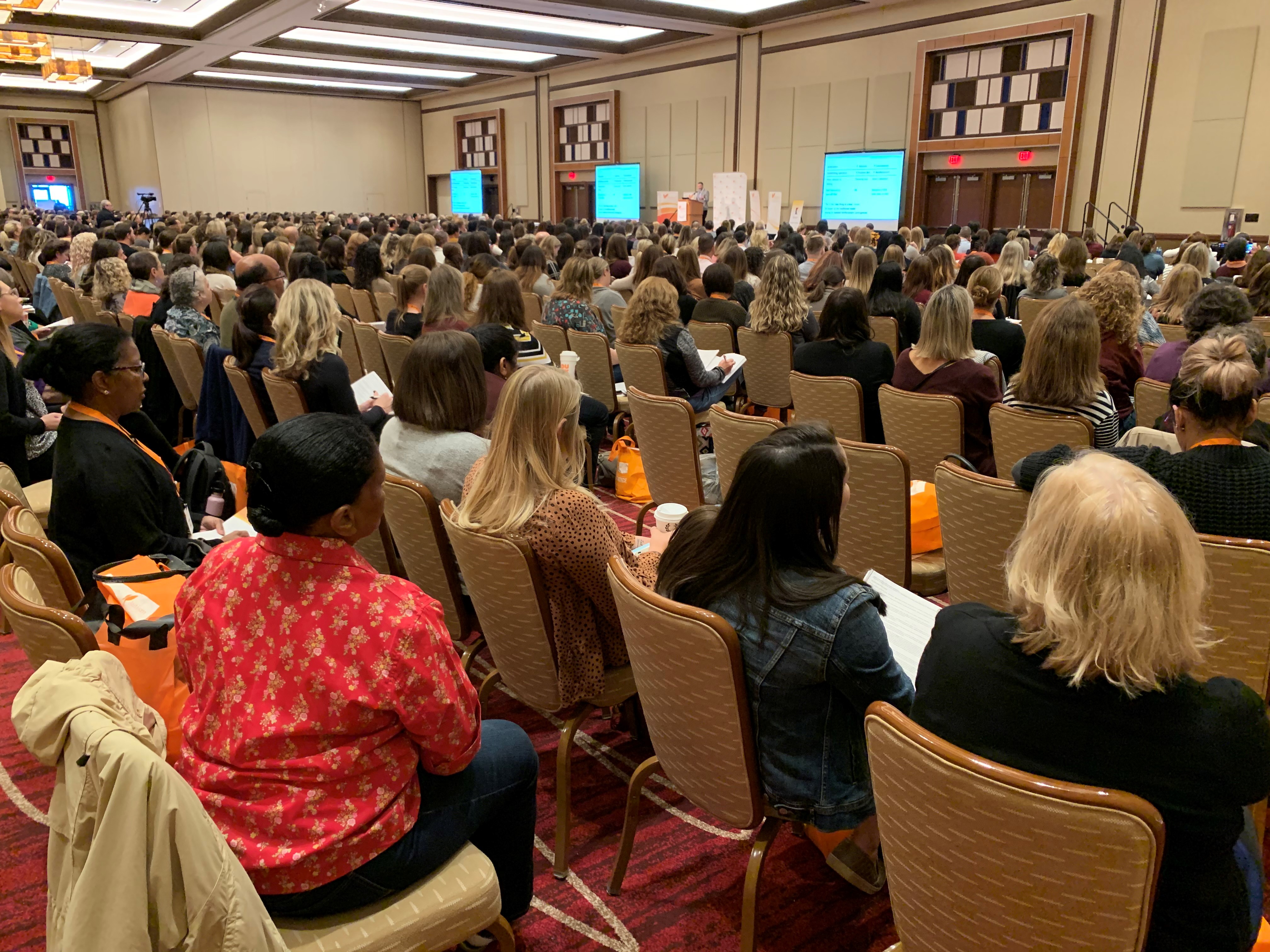
With the labor market tightening and companies exploring ways to expand the diversity of their workforce, an increasing number of employers are looking to benefit from the talents and skills of individuals with autism, a group for whom unemployment numbers can be as high as 80 percent.
Like the autism spectrum itself, employment opportunities vary.
Fundamentally, employment successes can be found in any environment where there are willing employers and supervisors, a supportive work environment and qualified employees with common goals.
Demand for high-tech and analytic skills
Earlier this month, investment bank Goldman Sachs announced a new program to hire more people with autism. They join a number of corporate, finance and high-tech leaders such as Deutsche Bank, JPMorgan, EY and technology giants such as Microsoft, IBM and SAP in their commitments to leveraging the untapped potential of those with autism seeking employment.
Such corporate efforts were spotlighted in a 2018 piece by CBS Sunday Morning:
Training and Corporate Partnerships
Specialisterne, a Danish social innovator company, has been promoting what they define as the “Autism Advantage,” traits that provide people with autism a competitive edge in the business market. A front-runner in paving the way for innovative companies to benefit from diversity by including people with autism in competitive jobs, Specialisterne USA has enabled approximately 200 jobs in 8 states across the US in partnership with community agencies and corporate partners since 2013.
NEXT for Autism also offers corporate consulting to identify opportunities for individuals with autism and help companies implement hiring program and train and support individuals.
Small Businesses and Social-Enterprises
The changing workforce landscape for individuals with autism also includes some trailblazing entrepreneurs and social enterprises, many of whom have a family member with or personal connection to autism and who build businesses that include opportunities for those with autism.
These niche, but growing, small businesses offer vocational training, support and competitive employment. Keys to success in these businesses include fostering competitive business fundamentals and developing strong community partnerships.
Notable examples of these in the tri-state area include:
Popcorn for the People – A social enterprise of non-profit Let’s Work for Good, this Piscataway-based purveyor of gourmet popcorn bills themselves as “an equal ‘poportunity’ employer. They sell their wares online and distribute to theaters, hotels and sporting and entertainment venues. Every tin purchased provides at least an hour of meaningful employment for an adult with autism or other developmental disability who cook and package the popcorn.
Spectrum Designs – What started as a screen-printing business in Port Washington, NY, hiring a handful of young adults with autism, this business took off, with customers including Uber and Google. They have expanded to a concierge laundry service (Spectrum Suds) and gourmet bakery (Spectrum Bakes) in recent years. This program’s model includes a vocational training and support partnership with a local service provider who offer behavioral and personal coaching for Spectrum’s workers. The documentary, This Business of Autism, offers a glimpse into their success.
Preparing for Employment Success
Research shows that when young adults with autism have opportunities to participate in programs that both adequately prepare and support them as they enter the workforce, they can be successful and valuable employees. Learn more about how to support them on the road to employment.
Additionally, increasing awareness about the how individuals with autism can help businesses succeed can open up opportunities for others a variety of jobs and with all types of employers.
Roux, A. M., Rast, J. E., & Shattuck, P. T. (2018). State-level variation in vocational rehabilitation service use and related outcomes among transition-age youth on the autism spectrum. Journal of Autism and Developmental Disorders, 1-13.








